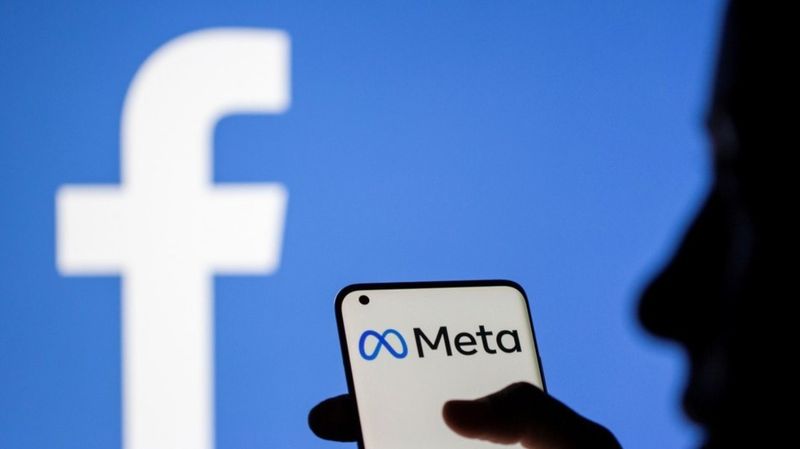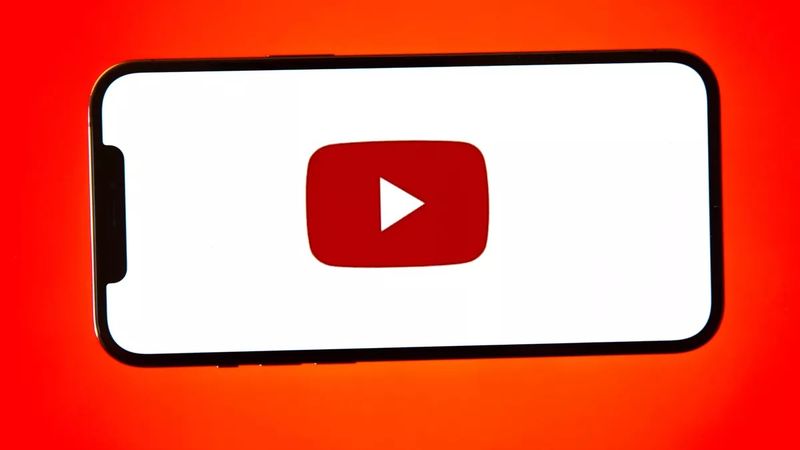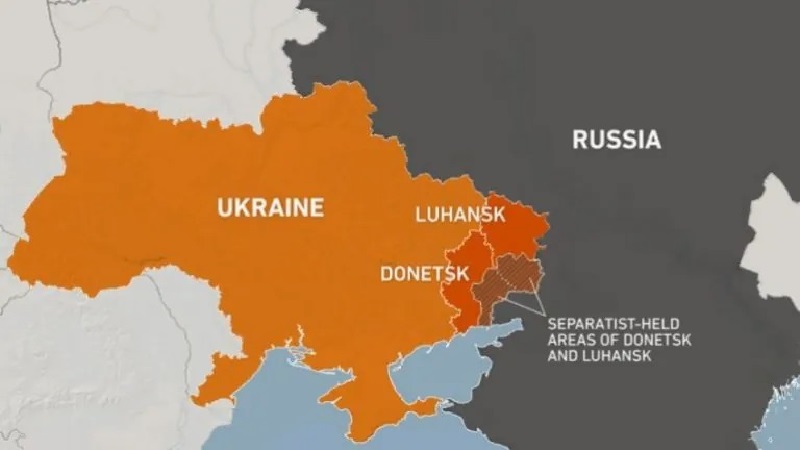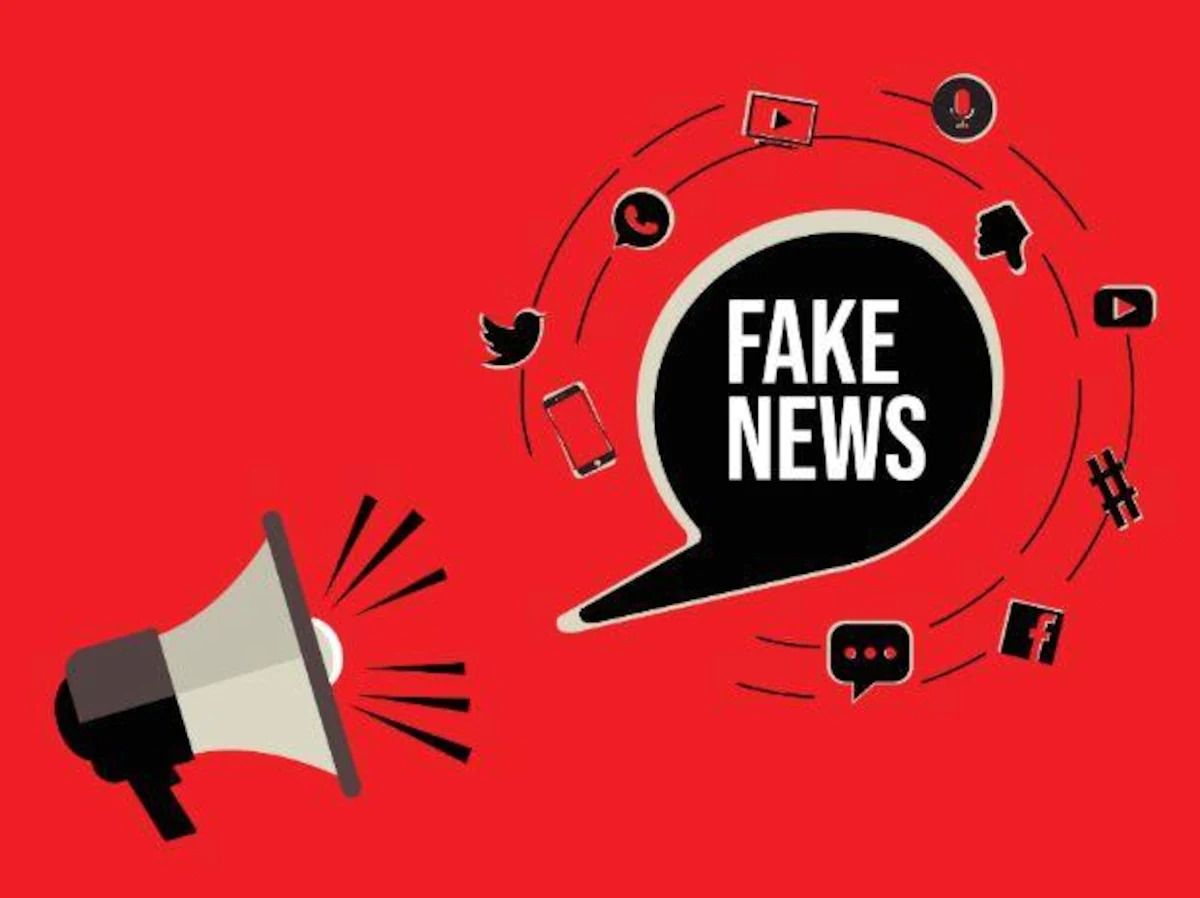The invasion of Ukraine by Russia has caused worldwide anxiety, rekindling the military superpowers’ rivalry after years of relative calm and potentially forcing a military intervention that could end in one of the most significant conflicts in decades.
Unlike previous incidents, this war is being fought out in the era of social media, with images and misinformation campaigns that might cause people to believe what’s going on in eastern Europe is something else.
How social platforms are responding to the misinformation campaigns?
Given that social media now has a big part in the spread of information, platforms must act quickly to prevent misuse of their networks for unethical purposes. Many have already implemented strategies to combat specific types of abuse and misinformation.
Here’s a rundown of everything that has been announced so far from the major social networks.
Meta
With around 70 million people in Russia and 24 million in Ukraine, roughly half of each country’s population, Facebook is at the center of the social media information flow within the conflict zone.
The Russian government has limited Facebook access due to Meta’s refusal to remove misinformation warning labels on state-affiliated media’s postings. Now, Meta has gone a step further by restricting advertisements from Russian government media and demonetizing these accounts, severely limiting the ability of authorities in Russia to utilize Facebook as a misinformation channel.

Of course, Russia has its own social media platforms and messaging systems, so the Kremlin may also use them to broadcast their actions and intentions to Russian citizens. But Meta has taken a strong position while also restricting access to numerous accounts in Ukraine, including those from Russian state news agencies.
Meta also has a special team consists of native Ukrainian and Russian speakers. This team is dealing with toxic and fake war-related posts on the social media.
YouTube
Ukrainian authorities have requested that Google-owned YouTube block access to Russian state-owned media outlets for users in Ukraine, while it’s also restricting monetization for several Russian channels.
On Tuesday, the video-sharing site banned videos from Russian state-owned media and limited the amount of people who can watch their uploads across the platform.

YouTube told to The Wall Street Journal that:
“As always, our teams are continuing to monitor closely for news developments, including evaluating what any new sanctions and export controls may mean for YouTube.”
The ban has prompted the Russian government to demand that YouTube channels for Russian media be reactivated on Ukrainian region.
Twitter has announced a temporary ban on all advertising in Ukraine and Russia “to ensure critical public safety information is elevated and ads don’t detract from it”.
https://twitter.com/TwitterSafety/status/1497353976588689411
The ban on all advertising will aid in the flow of information through tweets, while Twitter also says it’s proactively scrutinizing Tweets to detect platform manipulation and taking enforcement action against fraudulent or manipulated media that presents a false or incorrect picture of events.
TikTok
TikTok is one of the most important platforms to monitor right now, with evidence that Russian-affiliated organizations are using the app to distribute false news and there are thousands of war-related video on the platform, many of which are fraudulent, creating major difficulties for TikTok team.
Here's a good example of war misinfo that's plaguing TikTok right now.
This video of a parachuting soldier has 20 million views on TikTok.
The top comment? "Bro is recording an invasion."
But he isn't. This video is from 2016. pic.twitter.com/6WsjpWOLVI
— Ben Collins (@oneunderscore__) February 24, 2022
There has been no formal statement from TikTok regarding the issue, or how its platform is being utilized. Given that TikTok is controlled by a Chinese company named Bytedance and China has supported Russia’s actions in the region to some extent, it may not take a strong stand officially.
The conflict’s significance is obvious across the world, but most notably for Ukrainians themselves and their families, and our thoughts are with those who are directly affected by the war. Hopefully, a peaceful conclusion is still attainable.
Russia-Ukraine conflict summary
Russian military buildup on Ukraine’s border has exacerbated tensions between the two countries and strained bilateral ties during 2021-22, with the United States delivering a strong message that an invasion would be met with severe consequences for Russia’s economy.
Tensions had been increasing for months, epitomized by Putin’s furious diatribes and the buildup of Russian forces along Ukraine’s borders. Leaders in Washington and across Europe attempted to come to a peaceful solution, but they were unable to do so.

Ukraine gained its independence in 1991, after being part of the Soviet Union for most of the 20th century. Since then, Ukraine has been cultivating greater ties with Western European nations and the United States.
On Thursday morning, Russian President Vladimir Putin declared a “special military operation” against Ukraine. Explosions were reported in numerous cities, including Kharkiv, Ukraine’s second-largest city, and Kyiv, the country’s capital.
“I believe it is necessary to take a long-overdue decision, to immediately recognize the independence and sovereignty of the Donetsk People’s Republic and the Lugansk People’s Republic”
– Vladimir Putin
Analysts believe that this could be the start of a larger conflict in Ukraine, and many officials are labeling the action an assault on Ukraine’s independence.
On Thursday, Ukraine’s officials claimed that Russian forces took control of the Chernobyl nuclear power plant, according to the AP. Ukraine President Volodymyr Zelensky said Russia’s actions were a “declaration of war” on Europe as a whole.
The latest sanctions, which are intended to increase the pressure on the Kremlin and its allies, build on previous economic penalties Biden announced last week aimed at Russian banks including the military bank.
Ukraine population
Ukraine is a country in Eastern Europe. It is the second-largest country in Europe by size, after Russia, which borders to the east and northeast. The current population of Ukraine is 43,301,680 as of Thursday, February 24, 2022.





